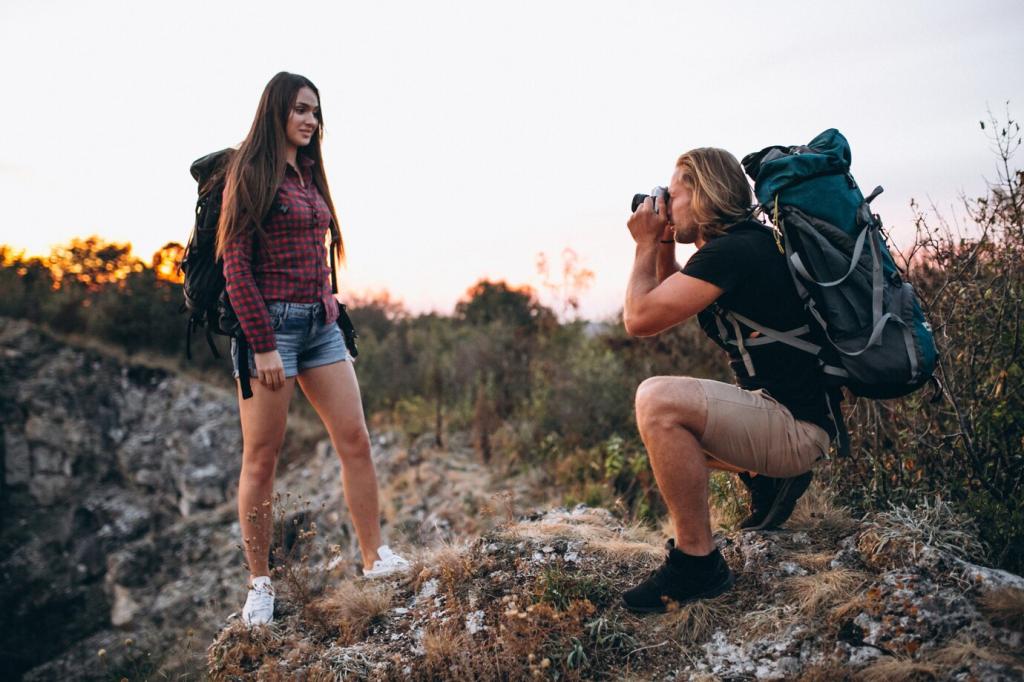A Tale of Two Routes: Learning by Choosing Better
We picked a ridge-heavy traverse after a sleepless travel night, lured by epic views. By noon, thunderheads stacked and our legs lagged. We bailed early, rattled, humbled, and oddly grateful for the reality check.
A Tale of Two Routes: Learning by Choosing Better
One week later, we chose a valley route with steady grades, frequent water, and sheltered camps. We started earlier, ate better, and reached a sunset meadow right on plan—exhausted, fulfilled, and safe.





